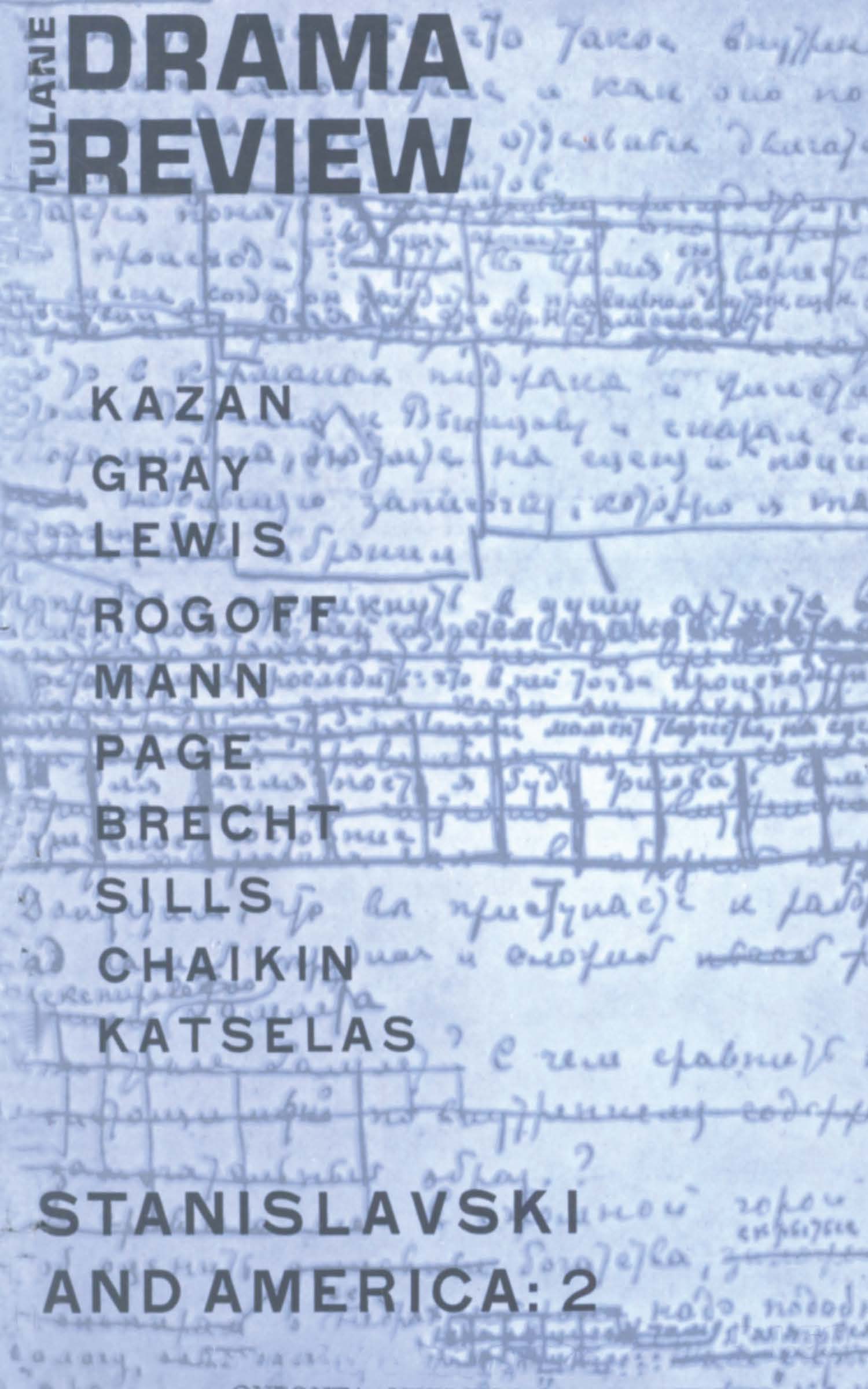Article contents
Sententiousness in Fuente Ovejuna
Published online by Cambridge University Press: 14 February 2022
Extract
Fuente Ovejuna is probably Lope de Vega's best-known work, perhaps because it can so easily be given an unintended slant: the nature of the central situation, in which the villagers of Fuente Ovejuna join together to kill their tyrannous overlord—the Comendador—and are ultimately pardoned by the King, has made it a favorite with left-wing producers. It is not really a proletarian manifesto, however, and should not be set against a Marxist background: Fuente Ovejuna—like all Spanish Golden Age plays—requires to be seen against the same structuralized vision of Creation as Elizabethan drama. Like so many Elizabethan plays, it is primarily concerned with order and disorder: social disorder seen as cosmic discord, and the restoration of order constituting a reestablishment of cosmic harmony.
- Type
- Research Article
- Information
- Copyright
- Copyright © 1962 The Tulane Drama Review
References
1 Allusions to critics refer to the following articles: C. E. Aníbal, “The historical elements of Lope de Vega's Fuenteovejuna,” PMLA, XLIX (1934); I. I. Macdonald, “An interpretation of Fuente Ovejuna,” Babel, I (Cambridge, England, 1940); J. Casalduero, “Fuenteovejuna,” Rev. de Filologia Hispánica, V (1943) and TDR, IV (1959-60); A. A. Parker, “Reflections on a new definition of ‘Baroque’ drama,” Bulletin of Hispanic Studies, XXX (1953); G. W. Ribbans, “The meaning and structure of Lope's Fuenteovejuna,” ib., XXXI (1954); Leo Spitzer, “A central theme and its structural equivalent in Lope's Fuenteovejuna,” Hispanic Review, XXIII (1955); Bruce W. Wardropper, “Fuente Ovejuna: el gusto and lo justo,” Studies in Philology, LIII (1956).
2 See my introduction to Lope de Vega: Five Plays, translated by Booty, Jill (Mermaid Dramabook No. 20, Hill & Wang, New York, 1961)Google Scholar. I am indebted to the publishers for their kind permission to expand material both from my general introduction and from the section on this play, and to make use of quotations from Miss Booty's version. All translations marked [JB] come from her text. The remainder are my own.
3 I do not entirely agree with Spitzer's extremely lucid discussion of this scene (see art. cit. n. 1), but his far longer “Classical and Christian ideas of world harmony” (Traditio II and III, 1944 and 1945) provides a most comprehensive background to all the questions raised.
- 1
- Cited by


